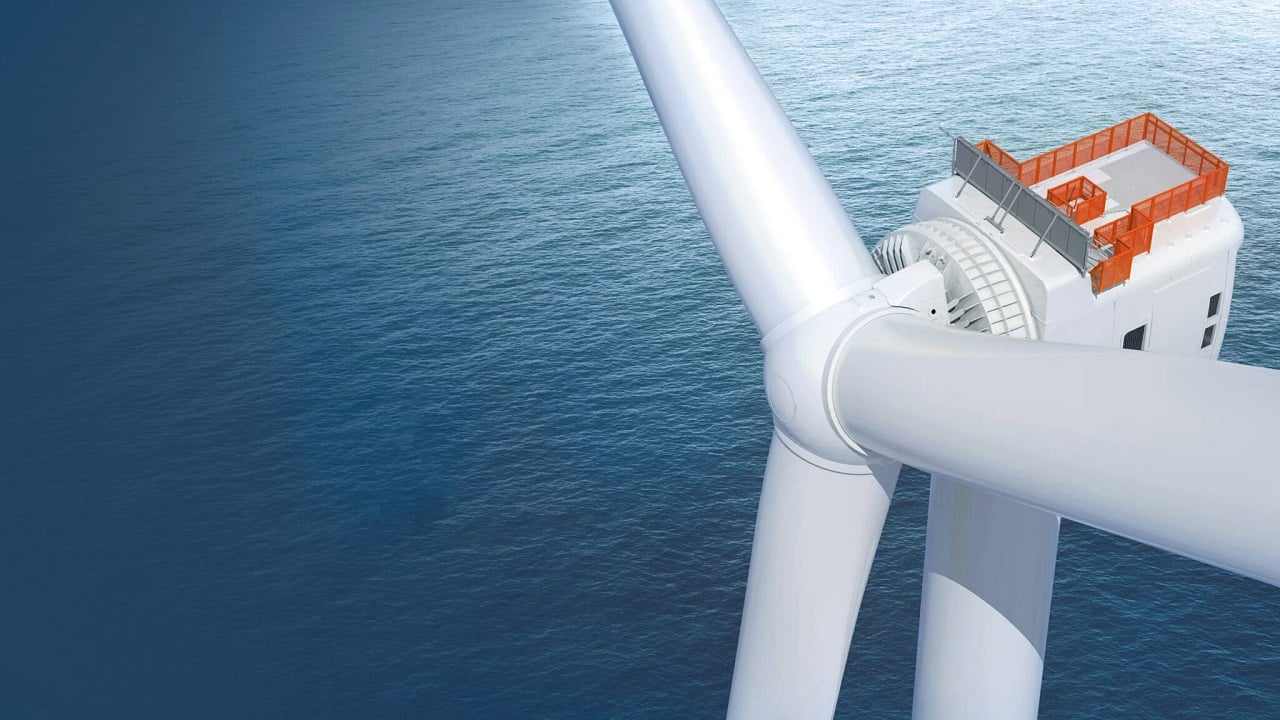Pensana plc (LON:PRE) has today reported on the results from the recently completed exploration programme on the Coola Exploration Licence located 40 kilometres north of Longonjo.
Exploration activities have been focused on three highly prospective targets namely the Sulima West carbonatite, the Benge Novo alkaline complex and the Coola carbonatite.
The results from Sulima West are considered to be a significant discovery and will be the main focus of exploration activities in 2023.
Highlights include:
· Trench sampling at Sulima West carbonatite reported rare earth grades of up to 9.7% Total Rare Earth Oxides (“TREO”), averaging 3.4% TREO over 68 metres at surface. Individual samples from other trenches reported grades between 3.4 and 5.2% TREO.
· Pit sampling at Sulima West carbonatite reported rare earth grades of up to 5.2% TREO, averaging 4.3% TREO over 6 metres at surface.
· Manganese grades in the laterite at Sulima West were reported from 1.5% to 18% Manganese Oxide (“MO”), averaging 12% MnO all at surface and are regarded as economically significant.
· Geological mapping at Sulima West identified a prominent outcrop of supergene apatite occurring together with maghemite and monazite and the area has the potential to host significant phosphate resources. The style of mineralisation has similarities to the Mt Weld deposit currently being mined in Western Australia by Lynas Corporation.
· Reconnaissance mapping of the Benga Novo intrusion, immediately to the north of Sulima West carbonatite, indicates a large almost 10 km alkaline intrusion largely covered by residual soils. Reconnaissance mapping indicates potential for bauxite deposits, ionic clay type Rare Earth Element (“REE”) deposits and direct application fertilizers.
Exploration Manager, Grant Hayward, commented:
“We are extremely excited with the trench and pit analytical results from Sulima West laterised carbonatite which have reported high rare earth grades over significant widths at surface. Together with the presence of abundant apatite and manganese, we regard Sulima West as a significant discovery and it will be the main focus of our exploration activities in 2023.
The deeply weathered soils overlying the vast Benge Novo intrusion appear to have the potential for ionic clay hosted rare earth mineralisation in addition to bauxite deposits and potassic rock fertilizers. Geophysical surveys of all targets are scheduled for early 2023 and diamond drilling is scheduled to be initiated on the Sulima West and Coola targets by mid-2023.”
Sulima West nepheline syenite and carbonatite complex
· Significant rare earth elements (TREO), phosphate (P) and manganese (Mn) mineralization have been identified at Sulima West.
· One of the five historic trenches at Sulima West, excavated in the 1970’s by the colonial era Compania Minerais do Lobito prospecting for radiometric anomalies, was cleaned and sampled at 2-meter intervals across the iron/manganese (“Fe/Mn”) enriched lateritised regolith. Analysis returned values of between 0.3 and 9.7% TREO, with an average grade of 3.4% TREO over 68 meters at surface.
· A historic pit at Sulima West and adjacent to Trench 1, was cleaned and sampled at 1-meter intervals. Analytical results (ICP-MS)returned values of between 3.4% and 5.2% TREO, with an average grade of 4.3% TREO over 6 meters.
· Five additional Fe/Mn laterite samples from the other trenches reported individual values which vary from 4.5% to 7.6% TREO.
· Reported manganese grades in the laterite range from 1.5% to 18% MnO and average 12% MnO at surface. The manganese component is regarded to be economically significant.
· Samples of the Fe/Mn laterite have been collected for Mineral Liberation Analysis.
· The presence of outcrops of secondary, supergene apatite occurring together with maghemite and monazite at Sulima West attests to the formation of a zone of phosphate enrichment which must occur within a deeply weathered regolith. Similar zones of apatite enrichment are noted at Mabounie in Gabon, Catalão 2 in Brazil and Mt Weld in Australia.
· Samples of the apatite/maghemite/monazite rock have been collected for Mineral Liberation Analysis.
Geophysical surveying and diamond drilling of this target is scheduled for Q2 2023 to ascertain the extent of the underlying carbonatite, but importantly also to quantify the presence and amount of apatite, TREO and manganese.
Benge Novo alkaline complex
· The Benge Novo intrusion is interpreted as a very large caldera occurring to the north of the Sulima, Sulima West and Monte Verde intrusions. It is regarded to be at least 10 km across and is characterised by flat, deeply weathered soils with a solitary alkaline granite outcropping in the south eastern area.
· The discovery of thick, leached and clay rich lateritised material above the western parts of the known alkaline silicate complex of Benge Novo are strong indications of the possibility of bauxite potential. Similar occurrences are known in other parts of the world, for example, the Pocos do Caldas intrusive nepheline syenite in Brazil. Initial sampling has been completed and assays awaited.
· The identification of a significant, clay dominated, deeply weathered regolith over parts of the main Benge Novo intrusion may additionally be prospective for the occurrence of ionic clay hosted REE deposits.
· Both Phosphorus and Potassium are enriched in these rock types and the use of nepheline syenite as well as ultra-potassic rocks as direct application crushed rock fertilisers has been a success in many parts of the world. Soils in the sub region are notoriously impoverished in Phosporous and to a lesser degree Potassium, two of the three plant macro-nutrients, and further sampling will be conducted to evaluate the potential for these essential elements.
Airborne geophysical survey of the Benge Novo complex is scheduled for Q2 2023, with a view to guiding exploration of this highly prospective complex.
Coola carbonatite
· Detailed mapping and sampling of the Coola carbonatite has previously revealed elevated values of TREO over thin soils above outcropping carbonatite, as well as REE-enriched dolomitic carbonatite which importantly hosts bastnaesite.
· Rock chip sampling of the 20-50 m wide portions of the dolomitic carbonatite ring dyke returned values of between 0.6% and 4.9% TREO (average 2.6%). Soil geochemistry over areas of soil covered dolomitic carbonatite returned values of between 0.37% and 13.18% TREO (average 3.21%).
· Samples of the REE mineralized dolomitic carbonatite have been collected for Mineral Liberation Analysis.
· Auger drilling of the soil covered central caldera, aimed at testing the potential for near surface supergene mineralisation, was previously unsuccessful as the auger was unable to penetrate a hardpan ferricrete developed below the colluvial soils. Deeper drilling is scheduled for 2023 to effectively test this target.
Further details of the Pensana Exploration programme and the results obtained are provided below:







































